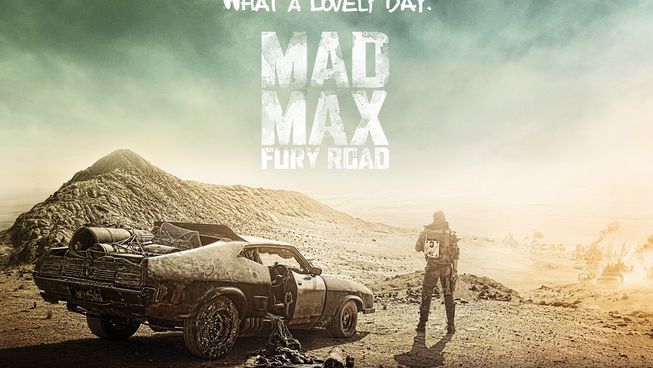
With the releases of Ride Like a Girl and the streaming of Top End Wedding and Ladies in Black, Australia has had some great films come into cinemas. Reel Dialogue reviewer Russell Matthews decided to have a crack at answering the question:
What is an Australian film?
Ride Like a Girl is an Australian film made by an Australian director based on a true Australian story in Australian history. It would not be hard to say that this is an Australian film, through and through, but interestingly it is not a quintessential Australian film. Why? That reasoning comes down to a conversation and a talk from two fellow reviewers and friends, Ben McEachen and Mark Hadley.
Even though I had been watching Australian film for years, one conversation and definition helped me to better understand this unique cultural nuance of Australian cinema. While chatting with Ben McEachen (Empire, Eternity and The Big Picture), on this topic, he stated, “Australian cinema tends to crush your heart, stamp on it for a bit and then take it out to the carpark and run it over a few times.”
Ben’s definition seemed to be overly generalistic and extreme, but as I have gone on to study Australian film, this definition did prove to describe the vast majority of films from the land down under. Even though there are a few exceptions, I found that this does tend to describe most of the movies that I have viewed in the past and this year. From Gallipoli to Mad Max or Rabbit-Proof Fence to Jasper Jones, where we see the darkest sides of our society and the true state of the heart of mankind.
Further evidence was given during a recent talk at The Edge by another friend, reviewer and writer, Mark Hadley (SBS, ABC and The Big Picture.)
In his talk, he went onto describe how the Australian film industry is a collection of diverse stories that highlight the rich panoply of people, histories and faith-positions that make up our culture – or not. As we go onto evaluate new, locally produced titles at the cinemas, it can be seen that they present strangely familiar themes.
In fact, Mark shows how there are only four genres that appear to make it from pitch to popcorn – and they say a great deal about the way we see our world. He brilliantly went on to take Ben’s definition and place Australian films into four categories: the historical epic, the confession, the kitsch comedy and the nihilistic drama.
For those feel that their national pride has been tarnished, understand that all three of us would admit that there are exceptions to these definitions and categories, but it does open the door to the conversation.
What does define an Australian film and what does it say about our nation?







